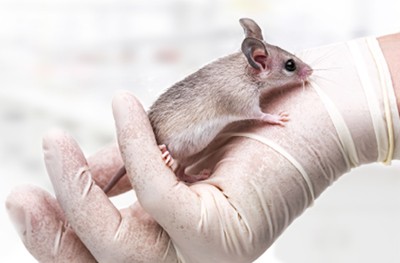Diabetes Treatment Found in Stomach Cells

By Christina Phillis
Scientists have successfully engineered mini stomachs in mice. The purpose is not to allow these cheese-loving rodents to ingest more pizza, but instead to learn how to make the body produce more insulin.
That is the primary problem for people suffering from type 1 diabetes: insulin-producing beta cells are missing. Advancements have been made in engineering insulin cells in the lab; however the problem with these therapies is that the body continues to reject native and transplanted insulin cells. That’s why the team of researchers at Harvard University was attempting to develop a method in which the body replenishes beta cells.
First, scientists genetically engineered mice to express three genes that can convert other cell types into beta cells. Doing so allowed scientists to figure out which cells in the body would be the best at producing insulin. They found that the cells from the pylorus, or the lower stomach region that connects to the small intestine, were the most responsive to high glucose levels in the blood and were able to produce insulin.
Next, they destroyed the pancreatic beta cells in one group of mice. This forced the mice to become completely dependent on the reprogrammed cells to produce insulin. The control group of mice, which did not have reprogrammed cells, died within eight weeks. The mice in the group with reprogrammed cells stayed alive for up to six months, which is how long they were tracked. The cells of these mice were able to maintain insulin production and regulate glucose levels. And with the help of stem cells, stomach tissue is able to replenish on a regular basis.
To test therapies for humans, scientists took stomach tissue from the mice and engineered it to express the same factors as the reprogrammed beta cells. Next they grew the cells into a mini stomach and placed them within the mouse’s abdomen. When pancreatic cells in the mice were destroyed, glucose levels remained normal in 5 of the 22 mice.
The results of this study further support individual patient therapy that involves collecting cells from a patient, reprogramming them into beta cells, and transplanting them as a way to treat diabetes.
CLASSROOM DISCUSSION
How can patients with diabetes benefit from the results of this study?
What other areas of research could benefit from the results of this study?
VOCABULARY
- Insulin
- Diabetes
- Stem Cells
- Glucose

